Technical SEO in 2025: How to Update and Optimize?
Technical SEO has become the backbone for any website that wants to succeed in this fast-paced world of digital marketing. As Google search algorithms keep updating, businesses need to keep pace with the ranking factors – AI-enabled search mechanisms, and user experience expectations to stay afloat.
In 2025, technical SEO is no longer about just search engines; it’s about performance, security, and engagement. With search engines focusing on Core Web Vitals, mobile-first indexing, AI search, structured data, and site security, businesses need to understand that traditional SEO will not keep them on a surface level.
Not implementing the latest technical SEO practices will mean a downward swing in ranking, less traffic, and huge missed opportunities. This blog post seeks to discuss the latest trends in technical SEO, strategies, and tools that would keep you abreast and effective in the year 2025.
Whether you are working in SEO, a business owner, or a developer, this guide provides real insight that can work to future-proof your site and maximize search visibility.
How Technical SEO Looks in 2025?
The realm of Technical SEO is undergoing a dramatic transformation, driven by advancements in artificial intelligence, evolving user behavior, and the increasing sophistication of search engine algorithms.
In 2025, technical SEO will be less about rigid rules and more about adaptability, user-centricity, and leveraging emerging technologies.
1. AI in Search Algorithms
AI, as large language models (LLMs), will continue to play a significant role in search algorithms. Google’s ongoing advances in contextual understanding through such models as Gemini push the limits of what is possible.
Search engines will start to understand the nuances in language, user intent, and semantic relationships between concepts well beyond what was once simple keyword matching. AI-based search algorithms have improved the accuracy of search results by 20% and are expected to get even better in the future.
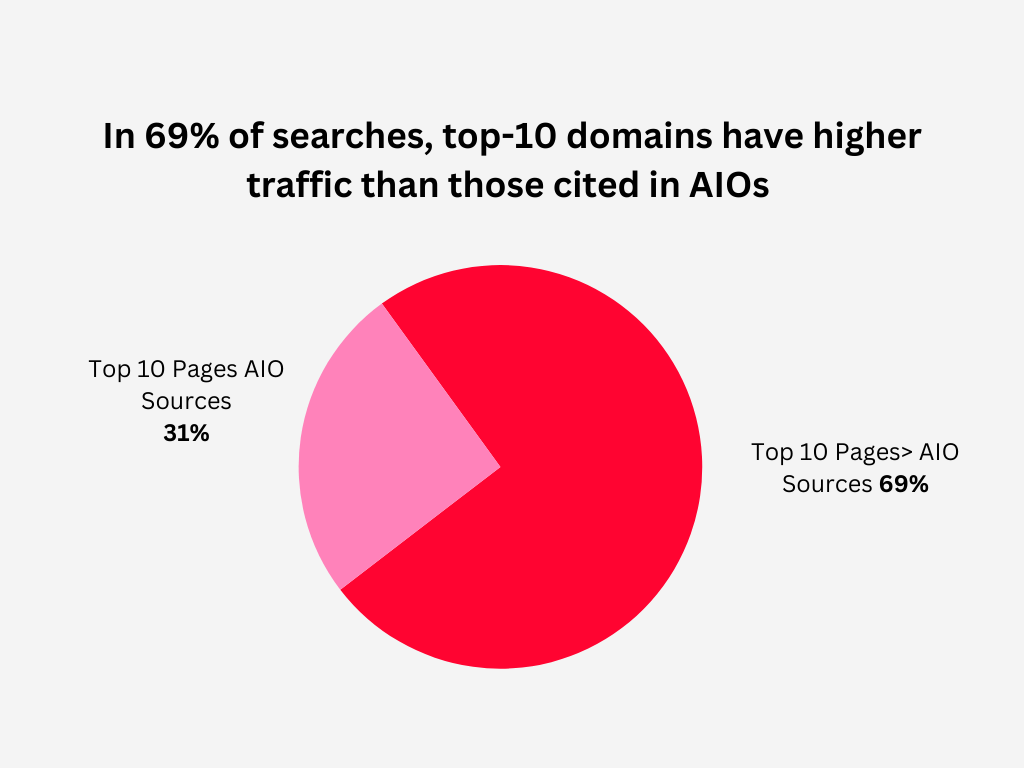
Thus, technical SEO will have to emphasize on providing structured data and clear and relevant content that agrees with the information interpretation of the AI. Schema markup would become even more necessary to help search engines realize the context of your content.
2. Conversational Keywords
As more and more people are using voice searches and conversing with AI, they tend to create queries preserving some of the natural language elements. Hence, technical SEO has to adapt to optimizing for long-tail keywords and conversion phrases.
The latest report states that voice search will account for 50% of searches online by the year 2025. Thus, the preparation of content will consist of answering questions and providing clear, concise information.
FAQ pages along with structured data are vital for the capturing of featured snippets along with voice searches.
3. Featured Snippets and Zero-Click Searches
The percentage of searches without clicks is higher than 60%, and featured snippets contributed much to this. Featured snippets will remain a high-demand shot by SEOs because of their high visibility in search results without clicks. This includes lists, tables, and short paragraphs.
Technical SEO should dwell on structured and formatted content, making it easy for search engines to extract data for featured snippets.
4. User Experience (UX) Enhancements and Page Experience
Enhancements concerning UX and page experience will be one of the major Google concerns in 2025. Core Web Vitals, page speed, interactivity, and visual stability will still be determining factors for ranking purposes.
The site speed is, more than ever, paramount. A study shows that a mere 1-second delay in the loading time of a page can lead to a 7% drop in conversions. Technical SEO thus needs to fine-tune website performance for maximum seamlessness and pleasantness concerning user experience.
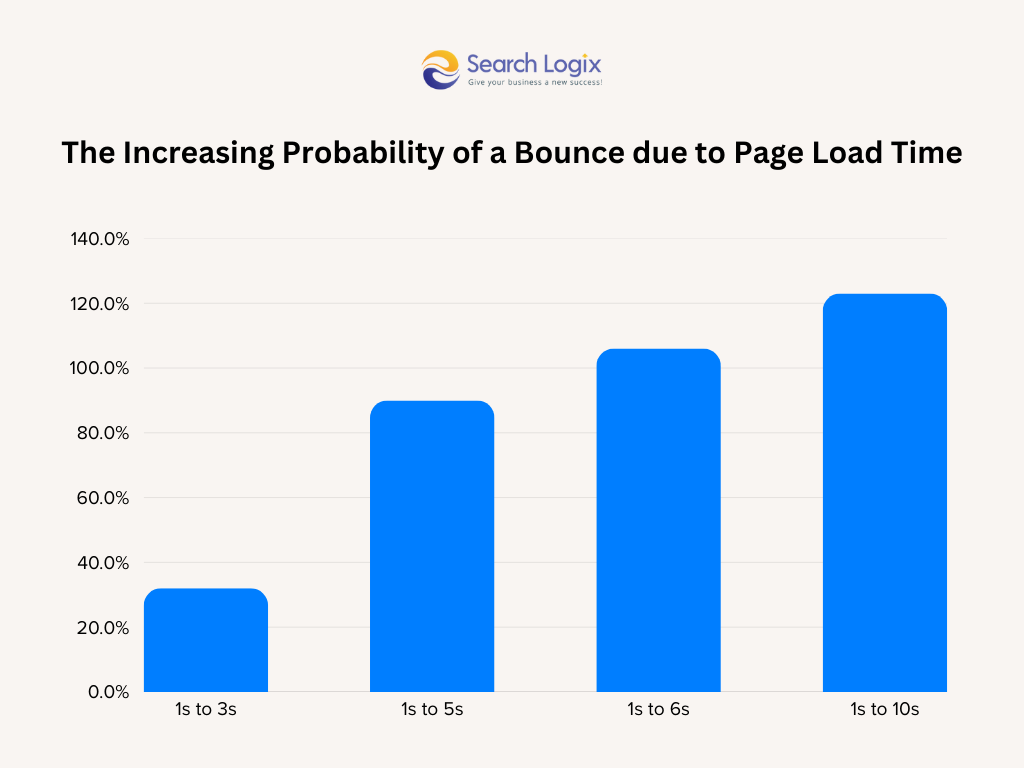
Mobile-first indexing will be markedly more important since it is now becoming the primary means for people to access the internet.
5. Inclination of Progressive Web Apps (PWAs)
There will be more Progressive Web Apps (PWAs) in 2025, which provide a fully connected user experience between web and native applications. Technical SEO would suffice proper application and optimization of search engines in a PWA.
To be discoverable, crawlable, and indexable, the above-mentioned techniques will provide improved loading times, and offline, and push notification features for a better user experience and remarkable benefits.
Core Components of Technical SEO
Technical SEO will ensure that all parts of the body are supported. Your search engine needs to be able to crawl, index, and understand your website for it to deliver a successful strategy leaning toward SEO.
So, it’s more about the technical factor in terms of your site that improves the visibility and efficiency in an SEO game.
1. Website Crawling and Indexing
Crawling is where the search engine bots, such as the Google bot, would find and explore the content of your website. Indexing involves organizing and storing this content in the search engine database.
Some of the factors considered in technical SEO include: structural sitemap, robots.txt files to control crawled pages, crawl errors, etc.
Technical SEO is aimed at ensuring that the web crawlers can easily parse pages and crawl your site easily. This would be the first step; if search engines cannot crawl and index your site, then none of the other efforts in SEO will be effective.
2. Site Architecture and Navigation
The term site architecture refers to the arrangement and organization of content on a website. It makes access easier for users to your site as much as it makes things clear for search engines. It ensures a clear hierarchy of pages, less complex and clear URL addresses, and internal linking.
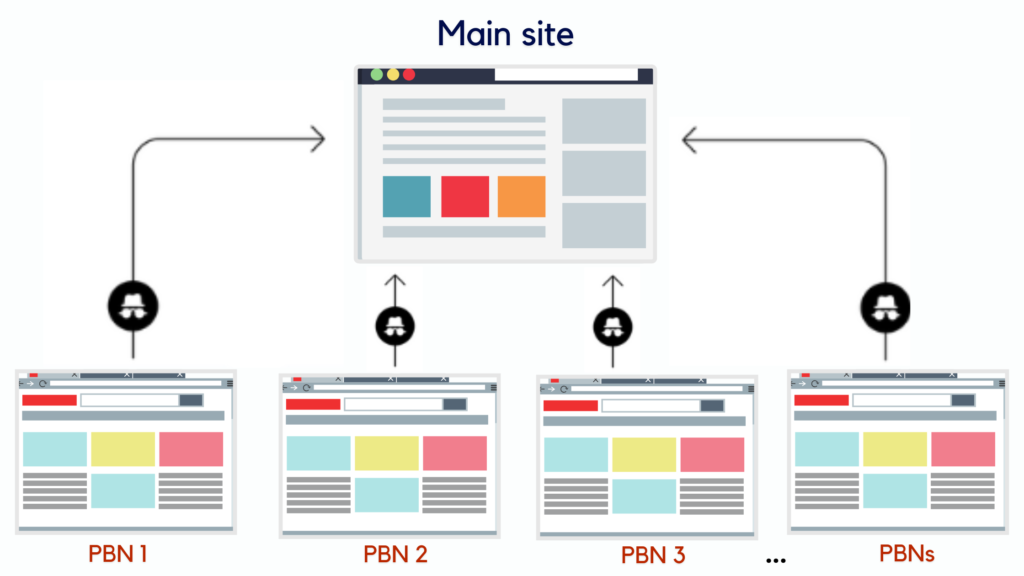
The clear hierarchy of a site guarantees easy access to important pages even from the homepage, a flat architecture, i.e., no important page should be more than 3 or 4 clicks from the home page.
3. Mobile-Friendliness
Most internet users utilize mobile devices to access information online. So, it becomes clear why websites need to be optimized for mobile devices. The technical SEO concerns how to make the website responsive and to be similar on all devices for a better user experience.
Responsive design with mobile image optimization and faster loading speeds on mobiles will do. The mobile-first indexing of Google is meant to index and rank the mobile version of the website first.
4. Site Speed and Performance
Site speed plays a very important part in rankings. Slow-loading sites often have high bounce rates and poor user experience. Technical SEO improves website performance by reducing HTTP requests, compressing images, leveraging browser caching, and applying a content delivery network (CDN).
Minifying CSS and JavaScript, optimizing code, and enabling browser caching yield positive improvements in the speed of a website. Site speed is an important direct ranking factor and an important part of user experience.
5. Security Protocols
Keeping a website secure has become the most important thing because it protects users’ data and trust. Technical SEO is that which ensures that the website uses HTTPS, security best practices, and protection against threats and malware.
HTTPS encryption communications between users and a particular website, which protects information. Security matters could lead to the deindexing of a site or labeling of the site as unsafe by search engines.
6. Structured Data and Schema Markup
Structured data and schema markup provide search engines with additional context about your website’s content. This helps search engines understand the meaning and relationships between different elements on your pages.
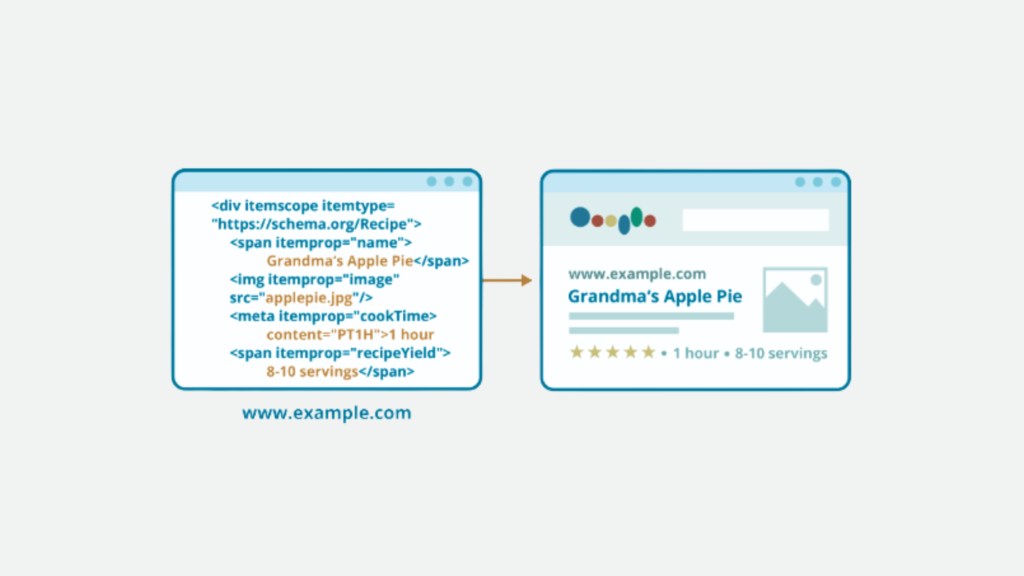
Implementing schema markup can improve your website’s visibility in search results, such as rich snippets and featured snippets. Structured data is very important for modern SEO, and should be implemented on every site.
2025 Strategies for Technical SEO
As we move closer to 2025, Technical SEO is evolving rapidly, driven by advancements in AI, automation, and a growing emphasis on user privacy and sustainability.
Here’s a look at the key strategies that will shape the future of technical SEO:
1. AI-Driven SEO Optimization
Artificial Intelligence will have been fully embedded as an integral aspect of technical SEO. It will leverage the use of machine learning algorithms to make analyses of vast datasets with the aim of spotting patterns, predicting trends, and streamlining optimization processes.
The artificial intelligence optimization will also address craw budgets, indexing priority, and detection of technical hitches affecting the performance of the website. With the technology, it will be possible to tell which pages get priority over the other ones crawled while indicating how often they should, too.
With the help of AI, the creation of schema markup will also become automatic while also finding new schema markups that fit a website. Basically, AI will drive SEO to practice immediate action rather than a reactive one.
Clearly, AI tools give real-time insights and recommendations vital for SEOs in making data-driven decisions. The predictive analytics will be used to foresee algorithm updates and, therefore, sites will be preemptively optimized for the upcoming changes.
Here are the crucial tips to implement:
- Invest in AI-powered SEO tools that analyze data and provide actionable insights.
- Play around with some AI-driven content generation and optimization tools.
- Start learning how to read data that is generated from AI.
- Stay updated about any latest advancements in AI.
- Use AI tools to assess your site’s crawl budget and find routes for improvement.
2. Advanced Automation in SEO Auditing
Automation is set to change the auditing landscape for SEO, fast-tracking the identification of technical faults and their resolving procedures for SEO professionals.
The advanced auditing tools will employ AI to check the entire range of elements present in the structure, code, and content of a given website, producing reports with the actual findings of the audit as well as recommendations for action.
Automated monitoring mechanisms will be in place to alert SEOs in case anything of concern happens with regard to website performance, such as broken links, crawl errors, or security vulnerabilities. That way, automation will allow SEOs more time for vital strategic pursuits: optimizing content and building links.
Beyond simple detection, some technical SEO problems can be fixed outright with automatically generated code suggestions for other cases.
Use the following tips to implement:
- Set up automated monitoring to track and detect technical issues as they happen.
- Use advanced-level auditing tools that generate complete reporting to manually fix and automatically fix problems.
- Run weekly automated audits to check the health of the website.
- Alert for any change, code, or content, on the website.
3. First-Party Data and Privacy Compliance
First-party data is becoming even more precious as worries about data privacy continue to increase. Technical SEO will have to ensure that the website is compliant with privacy regulations like GDPR and CCPA.
This means implementing consent management platforms, providing clear and transparent privacy policies, and utilizing first-party data to enhance user experience design.

User alignment will be required in the websites, and a clear opt-out mechanism is also stressed. Keeping this in mind, technical SEOs have to keep up with the latest privacy regulations through which they can modify their websites for compliance. However, cookies will be less important than first-party data.
Use these ways to leverage security and privacy features for technical SEO:
- Implement a robust consent management platform (CMP) to manage user consent.
- Build up a clear and easily understandable privacy policy that says how you collect and use data.
- Earmark efforts for first-party data consumption to allow personalized user experiences.
- Execute periodic audits on privacy.
- Train your personnel on the latest privacy regulations.
4. Content Optimization with Natural Language Processing (NLP)
SEOs can use NLP for content optimization, enabling them to create content that is not only relevant but also engaging. Content optimization tools will utilize NLP to provide real-time feedback on content quality, readability, and relevance.
NLP algorithms will analyze the semantic relationships between words and phrases, assisting SEOs in identifying pertinent topics and keywords. This, in turn, will help SEOs develop appropriate content that aligns with user intent and search engine algorithms.
Natural language processing will serve as a tool for automatic summarization and meta-description generation of content-overlong articles.
Here are some useful tips for utilizing content optimization:
- NLP tools can analyze content and suggest suitable topics and keywords.
- Content that answers user queries with maximum information should be prioritized.
- This is another way of viewing that word density is not to be made the only general rule for optimizing content to the semantic reference.
- Finding related topics through NLP and analyzing content from competitors.
5. Entity-based SEO & Knowledge Graph Optimization
The entities become critical SEO as search engines are concentrating deeply on understanding relationships between entities. It involves using structured data to explain entities and the relationships between them.
Optimization for knowledge graphs on the website will be the job of technical SEO, that is to organize and connect information on behalf of search engines. SEOs will now work on the entity authority and relevance.
Knowledge graphs will help with improving the relevance of search results; they will also further assist in providing contextual information to the search results.
Use the following ways to implement entity-based SEO:
- Schema markups are to be employed to specify entities and their relationships.
- Create content related to relevant entities to try and build authority for them.
- Knowledge graph data should inform content strategy.
- Study your industry knowledge graph.
- Max out your Google Business profile.
6. Multi-Modal Search Optimization
Multi-Mode Search Optimization will come in full swing, which calls images, videos, and voice queries into action. In expounding the content or context of the visual/audio material, alt text, captions, and structured data come into play.
While optimizing for technical SEO, make sure that images and videos will be tagged and described competently. Continuously evolving would be visual searches and voice searches. This thus calls for the optimization of websites for all these new search formats.
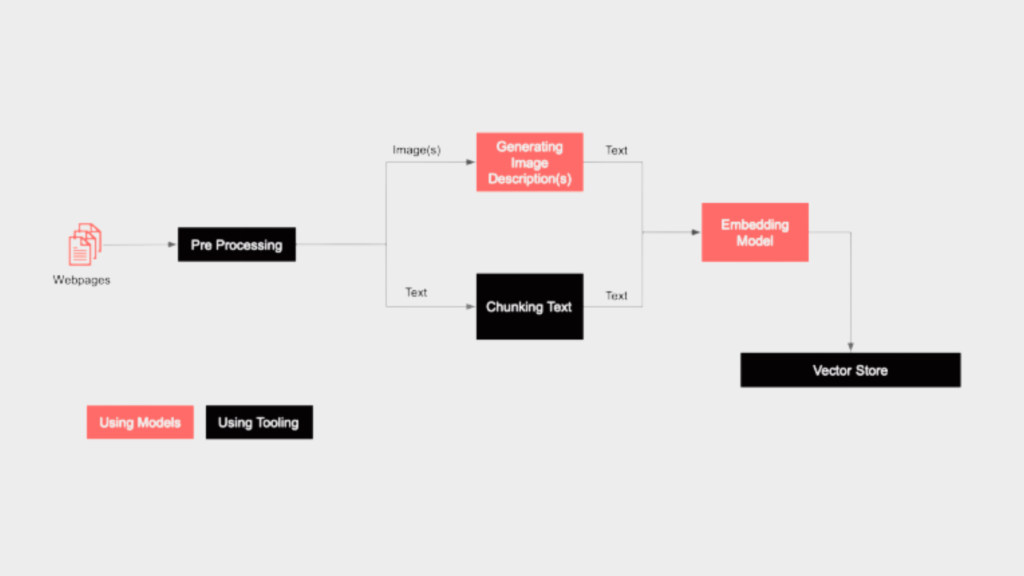
Use the following tips to optimize for multi-modal search:
- Optimize by descriptive alt tags in images and videos, captions, and structured data.
- Create visual content appropriate to the target audience.
- Optimize for voice search by creating long-tail keywords as well as conversational phrases.
- Test images and videos on mobile devices for your website.
- Create video content answering the most common questions.
7. Sustainable and Green Hosting for SEO
As environmental concerns gather momentum, sustainable and green hosting will soon be a concern for SEO. Search engines could, for instance, begin putting websites hosted with eco-friendly hosting providers better. It would also reflect on the overall performance of a website.
Another means of going green online is to select hosting services from providers who use renewable energy sources and implement energy-efficient practices. Even the websites will need to be optimized for energy efficiency. It is a growing trend that is likely to take center stage in the coming years.
Implement the following techniques:
- Select a hosting provider that uses renewable energy sources and promotes energy-efficient practices.
- Optimize your website for energy by compressing images and reducing code.
- Bring your sustainable message to your audience.
- Find out which hosting providers are carbon neutral.
- Minimize the data your website is giving out.
How eSearch Logix Can Help with Technical SEO?
The study of technical SEO could be a very daunting task due to the dynamic nature of algorithms and the particularities of the technical aspects involved. In this guide, we shall explore these aspects as well as the other important considerations involved in the execution of technical SEO practices.
On the contrary, if you are thinking about what to do in case you require technical SEO assistance, eSearch Logix is your ultimate destination for all your technical SEO concerns. We provide expert advice and solutions that ensure the optimization of your online business.
Collaborating with us can offer you the knowledge and experience that our dedicated SEO teams have developed over the years. These teams have done marvels with more than 300 brands globally. It was our SEO experts who ranked more than 50K keywords at the peak of Google search in the interest of the clients.
Our work is quite a collaborative effort towards reaching online goals, making your website visible, understandable, and appreciated by users and search engines.







